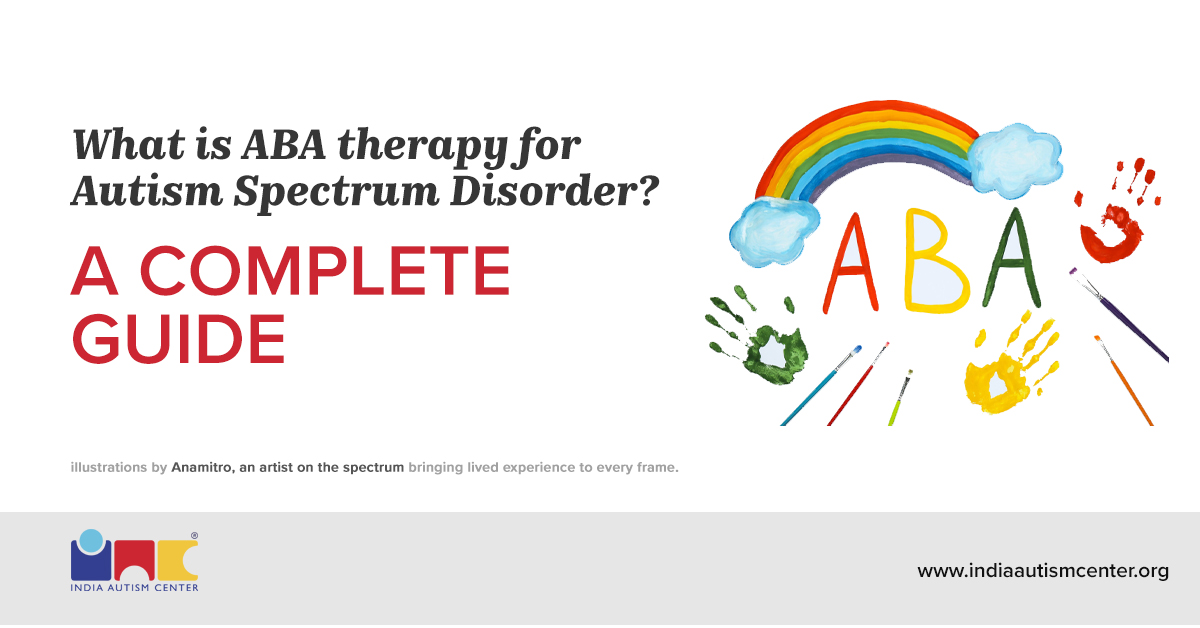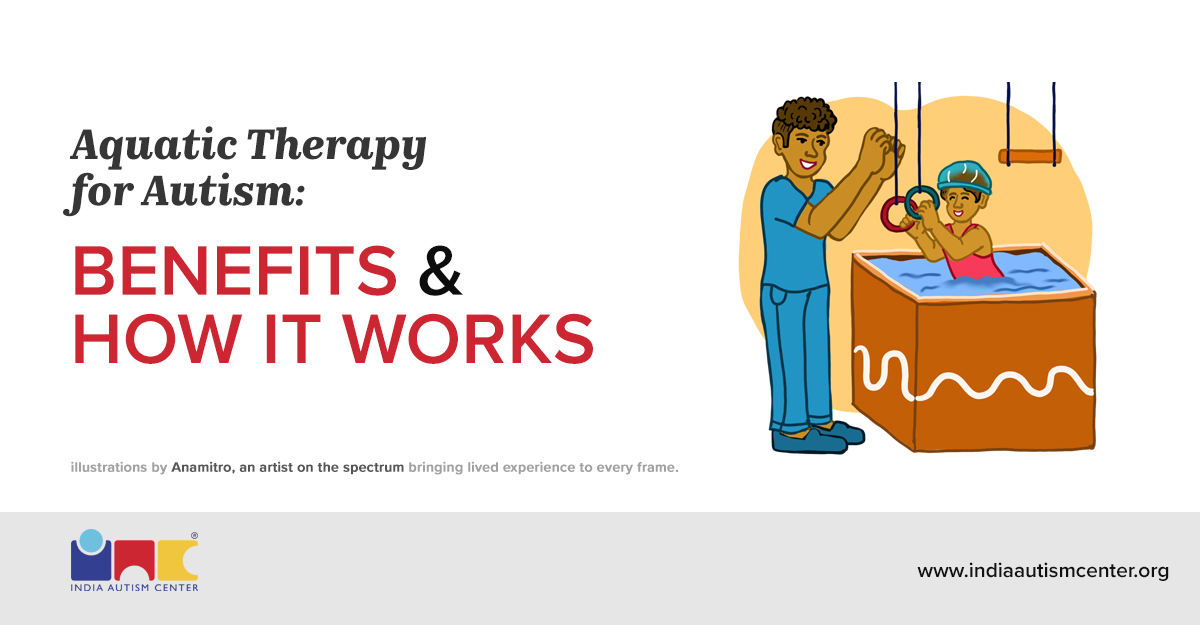Does your child light up when a favorite song comes on? Or maybe they find comfort in a particular melody during a meltdown? Music can be a powerful force in our lives, and for children with autism, music therapy can be transformative.
This guide explores the world of music therapy for autism, empowering you to understand its benefits, different approaches, and how to incorporate it into your child’s life.
Introduction to Music Therapy for Autism
Imagine a world where learning happens through the joy of music! Music therapy is a form of therapy that uses music and music activities to address various needs in individuals. For children with autism, music therapy can be a fantastic way to improve communication, social skills, emotional regulation, and sensory processing. It provides a safe and engaging environment where they can express themselves, connect with others, and learn valuable skills in a playful and non-threatening way.
The Science Behind Music Therapy and Autism
Music is a universal language that activates many parts of the brain, including those involved in communication, emotions, and motor skills. When a child with autism engages in music therapy, these areas are stimulated, creating opportunities for growth and development.
There is an interesting concept called “mirror neurons” that comes into play with music therapy. These brain cells fire when we observe someone else’s actions, helping us understand and connect with them. Music therapy can activate these mirror neurons, fostering empathy and social interaction in children with autism.
Getting Started with Music Therapy for Your Child
Now that you’re excited about the potential of music therapy, the next step is finding the right therapist for your child. Look for a board-certified music therapist (MT-BC) who has experience working with children on the spectrum. These therapists have undergone rigorous training and possess the expertise to create personalized music therapy plans.
The initial assessment will involve a conversation with you about your child’s needs, preferences, and any specific challenges they might face. The therapist will also spend time getting to know your child through musical play and activities. This initial assessment helps the therapist tailor the music therapy program to achieve the best possible results.
Types of Music Therapy Interventions for Autism
Music therapy offers a diverse toolbox of techniques that can be customized for each child. Here is a closer look at some common approaches:
Improvisational Music Therapy
This interactive approach involves creating music together with the therapist. The therapist acts as a musical guide, using instruments, vocals, or even body percussion to create spontaneous melodies and rhythms.
Your child joins in, adding their own sounds and ideas to the musical conversation. This playful and interactive environment fosters communication, turn-taking skills, and self-expression as children collaborate and express themselves freely through music.
Receptive Music Therapy
In receptive music therapy, the therapist becomes a musical curator, using music to achieve specific goals for your child. It’s like choosing the perfect soundtrack for a particular situation. Soothing music with slow tempos and gentle melodies can be a powerful tool during meltdowns or stressful situations.
The therapist might use calming nature sounds, classical music, or even create instrumental lullabies specifically tailored to your child’s preferences. Does your child struggle to concentrate? Receptive music therapy can utilize music with predictable rhythms and clear structures. These elements can help improve focus and attention skills in a stimulating yet organized way.
Songwriting and Lyric Analysis
This technique empowers children to express themselves through the written word and the power of music. The therapist acts as a guide, helping them create songs about their experiences, emotions, or favorite things. Songwriting can be a powerful tool for communication, social interaction, and self-awareness. Putting emotions and experiences into words, even through simple lyrics, can enhance communication skills.
Group Music Therapy Sessions
The social aspect of music therapy can be incredibly beneficial for children with autism. Group music therapy sessions provide a safe and supportive environment where they can interact with others, learn from peers, and develop teamwork. Music creates a common ground, allowing children to connect with others through shared musical experiences. Observing and participating with other children can provide valuable social cues and promote positive social interaction, while group music activities often involve collaboration, fostering a sense of teamwork and belonging.
Incorporating Instruments and Sounds
Music therapists go beyond traditional instruments, using a variety of soundscapes and objects to create a rich sensory experience by incorporating instruments and sounds. This exploration allows children to develop self-expression by experimenting with different instruments and sounds. Exposure to various textures, rhythms, and sounds can help children develop sensory processing skills in a controlled and engaging way. Playing instruments or participating in movement activities to music can also enhance motor skills and coordination.
Practical Applications of Music Therapy Techniques at Home
The power of music therapy doesn’t have to be confined to therapy sessions. Here are some ways you can incorporate music therapy techniques at home:
Create Calming Playlists
If your child tends to get overwhelmed easily or struggles with regulating their emotions, curating calming playlists can be a valuable tool. Select songs with gentle melodies, soft vocals, and slow tempos to create a soothing auditory environment. These playlists can be especially helpful during times of stress, such as meltdowns or before bedtime, to help your child unwind and find relaxation through music.
Move and Groove
Music naturally inspires movement, making it an excellent motivator for physical activity. Use familiar songs with catchy rhythms and upbeat melodies to encourage your child to dance, march, or engage in simple movement activities. Whether it’s clapping along to the beat, stomping their feet, or swaying to the music, these movement-based activities not only promote gross motor skills and coordination but also provide a fun and enjoyable outlet for physical expression.
Sing Along Together
Singing familiar songs together is not only a joyful bonding experience but also a valuable opportunity to practice communication and social interaction skills. Choose songs that your child enjoys and sing along together, whether it’s during car rides, bath time, or while doing household chores. Encourage your child to join in the singing, clap along to the rhythm, or even make up their silly lyrics. This playful and interactive approach to singing fosters creativity, strengthens parent-child bonds, and promotes language development.
Stay Consistent
Consistency is crucial when incorporating music therapy techniques into your daily routine. Aim to make music a regular and integral part of your child’s day-to-day activities, whether it’s listening to calming playlists before bedtime, having spontaneous dance parties in the living room, or singing together during meals. By consistently integrating music therapy techniques into your home environment, you can amplify the benefits your child experiences in formal therapy sessions and create a supportive atmosphere that nurtures their growth and well-being.
Personalized Music Therapy Programs for Different Needs
Music therapy possesses a remarkable ability to adapt and cater to the unique needs of each individual. By harnessing the power of music, therapists can craft personalized programs that address a wide range of challenges faced by children. Here’s a closer look at how music therapy can be tailored to meet different needs:
Social Anxiety
For children grappling with social anxiety, group music therapy sessions offer a gentle entry point into social interaction. Within the supportive ambiance of a music therapy group, children can engage in musical activities that foster connection and camaraderie. Through collaborative music-making, they can gradually build confidence in expressing themselves and interacting with others, all while enjoying the shared experience of creating music together.
Sensory Sensitivities
Children with sensory sensitivities may find certain sounds overwhelming or distressing. In music therapy, therapists skillfully curate calming soundscapes and select instruments that create a soothing and sensory-friendly environment. By incorporating elements of rhythm, melody, and harmony in a gentle and controlled manner, therapists can help children explore and engage with music comfortably, fostering a sense of relaxation and safety.
Communication Difficulties
For children who struggle to express themselves verbally, music therapy offers alternative avenues for communication. Through singing, playing instruments, or co-creating songs with their therapist, children can convey emotions, thoughts, and experiences in a nonverbal and expressive manner. Music becomes a universal language through which they can connect with their therapist and communicate their inner world, facilitating emotional expression and connection.
Motor Skill Development
Music therapy provides a dynamic platform for improving motor skills, both gross and fine. Therapists integrate movement activities, such as dancing, drumming, or playing rhythmic instruments, into the therapy sessions. These activities not only promote physical coordination and control but also encourage children to explore and experiment with movement in a playful and engaging way. Through music-based movement interventions, children can develop and refine their motor skills while having fun with music.
Focus and Attention
Children who struggle with maintaining focus and attention can benefit from music therapy programs designed to enhance concentration. Therapists utilize specific rhythms, musical structures, and interactive activities to captivate the child’s attention and stimulate their cognitive engagement. By synchronizing movement with rhythm or participating in rhythmic improvisation exercises, children can strengthen their ability to sustain attention, regulate impulses, and stay focused on the therapeutic tasks at hand.
Tracking Progress and Adjusting the Music Therapy Plan
As your child starts participating in music therapy, it’s essential to keep a close eye on their progress. This doesn’t necessitate formal assessments or tests; rather, it involves keen observation of the positive changes that unfold over time. Pay attention to subtle shifts in their behavior, emotions, and interactions during and after music therapy sessions.
One significant aspect to observe is whether your child is becoming more comfortable expressing themselves through music. Notice if they are more willing to engage with instruments, experiment with sounds, or even start to create their melodies. This newfound sense of musical expression can serve as a powerful outlet for their emotions and thoughts.
Another indicator of progress is the level of relaxation and focus your child exhibits during sessions. Music has a unique ability to calm the mind and body, and as your child becomes more familiar with the therapeutic process, you may notice them becoming increasingly at ease and attentive during sessions. This heightened focus can enhance the ability to absorb the therapeutic benefits of music.
Communication skills are another area where you may see improvements. Whether it’s through singing, playing instruments, or engaging in musical activities with others, music therapy provides ample opportunities for your child to practice communication in a supportive and non-threatening environment. Keep an eye out for any signs of enhanced verbal or nonverbal communication, such as increased eye contact, clearer speech, or more expressive gestures.
Additionally, observe whether your child is showing more interest in social interaction within the context of music therapy. Music has a unique way of fostering connections between individuals, and your child may begin to seek out opportunities to collaborate with others, share their musical creations, or simply enjoy making music together. These social interactions can be invaluable for building confidence, fostering friendships, and improving overall social skills.
It is important to celebrate even the smallest victories along the way. Whether it is mastering a new song, expressing an emotion through music, or simply showing enthusiasm for attending sessions, these milestones deserve recognition and praise. Celebrating achievements not only boosts your child’s confidence but also reinforces their motivation to continue their journey in music therapy.
Remember, your child’s music therapist will also play a crucial role in monitoring progress and adjusting the therapy plan as needed. They may introduce new techniques, modify the duration or frequency of sessions, or collaborate with you to address any challenges that arise. By working together as a team, you can ensure that your child receives the most effective and personalized music therapy experience possible
Overcoming Challenges in Music Therapy for Autism
It’s natural to have some concerns about starting music therapy for your child. Here’s a breakdown of some common challenges and how experienced music therapists navigate them:
Resistance to Trying New Things
- Social Anxiety: Children with social anxieties might feel apprehensive in new environments. The therapist will create a safe and welcoming space, focusing on building trust and rapport first. Music can be used as a bridge to connect with the child, using familiar songs or instruments to ease them into the experience.
- Sensory Sensitivities: Loud noises, unfamiliar textures, or bright lights can be overwhelming for children with sensory sensitivities. The therapist will create a sensory-friendly environment, using calming soundscapes, soft lighting, and instruments that cater to the child’s comfort level.
Uninterest or Resistance During Sessions
- Understanding the “Why”: Sometimes, children might appear uninterested because they don’t understand the purpose of music therapy. The therapist can explain the benefits in simple terms and involve the child in setting small goals for each session.
- Finding the Right Fit: Not all music therapy techniques resonate with every child. The therapist will be flexible, trying different approaches and instruments until they discover what sparks the child’s interest and engagement.
- Positive Reinforcement: Celebrating small victories and progress is crucial. The therapist will use positive reinforcement to motivate the child and create a sense of accomplishment, making music therapy a rewarding experience.
Progress in music therapy is not always a straight line. There might be days when your child seems resistant or withdrawn. Be patient, trust the therapist’s expertise, and focus on the long-term benefits. Music therapy can unlock a world of possibilities for your child, and with the right approach, it can become a joyful and enriching journey.
Real-Life Success Stories and Testimonials
The power of music therapy for children with autism is evident in countless success stories. Here’s an example: Sarah, a young girl on the spectrum, struggled with communication and social interaction. She often felt overwhelmed in group settings and had difficulty expressing her emotions. After starting music therapy, Sarah began to blossom. She found joy in creating music with her therapist, using simple instruments and vocalizations. Over time, she developed confidence in expressing herself and started participating more actively in group sessions. Music therapy became a safe space for Sarah to connect with others and explore her creative side.
This is just one example of the transformative power of music therapy. There are countless stories of children on the spectrum who have experienced significant improvements in communication, emotional regulation, and social interaction through music therapy.
Don’t hesitate to reach out to your child’s pediatrician or other healthcare professionals for additional support and recommendations
Conclusion: Empowering Parents through Music Therapy
Music therapy can be a powerful tool in your parenting toolbox as you support your child with Autism. This guide has provided a comprehensive overview of music therapy, its benefits, and how to incorporate it into your child’s life. Remember, you are your child’s best advocate, and by exploring the world of music therapy, you’re opening doors to new possibilities for growth, development, and joyful expression.






